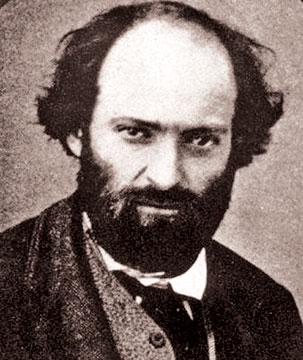
Except for a few leading local artists such as, Senaka Senanayake and Jayasiri Semage, most of the others seem to think that they are not recognized as professionals. It is true that any country would need the services of doctors and engineers. It does not mean, however, that artists have no place in society. For that matter, art is one of the most profound expressions of the human brain. If you trace human history, art has existed even during the pre-historic period. From the beginning of history, artists engaged themselves in one of the most sophisticated and intricate forms of analysis and expressions.
There is enough evidence to show that art existed in prehistoric times. Some of the drawings in caves and representations of animals incised on ivory and bones have been found in the north of Spain and south of France. Many such prehistoric expressions were produced between 40,000 BC and 10,000 BC. The subjects the primitive man had selected to draw were bison, deer, and wild horses. It is amazing how they drew the figures of such animals without any basic training in art. We do not understand how they depicted the vigorous movements of wild animals using only a minimum number of colours such as black and red ochre.
These paintings can be compared with those done by the African Bushman in rock shelters or caves. He too drew the movements of beautiful animals. With the passage of civilization, man started making tools using stones and bronze. With the growth of agriculture, there began many rituals and ceremonies. Some art works found in Polynesia show the emergence of a rudimentary religion. People who lived during that time began to produce certain signs and symbols.
Wall paintings
Paintings and drawings in the ancient Mediterranean world show an improvement in art. The wall paintings completed during the period show bold outlines and fast colours. They have some similarities to modern posters. The ancient Egyptians decorated the exteriors of their temples with paintings done in bright colours. Some of the paintings can be seen even today on tomb walls. A noteworthy element in the paintings was that the male figures had been painted in red and those of females in yellow. In addition, they have painted banquets, dancers and fishermen on the Nile. Similar wall paintings were found in the ancient city of Crete.
The ancient Greeks went a step further by producing painted pottery. There too, male figures were in red and females in light colours. Painted Greek vases show their brilliant workmanship. In the ensuing Classical Period, the art of vase making took a back seat. Thereafter, the legendary masters of art such as, Zeuxis and Apelles came into prominence. Greek artists began to depict light and shade for the first time. The Greco-Roman art works adorned the mansions of wealthy Romans in the first century AD.
With the disintegration of the Roman Empire, Christianity emerged as the sole religion in the West. Most artists were inspired by the religion and adopted a new style of art. The artistic creations of the period show the use of rich colours and geometrical patterns. The inner domes of Byzantine churches came to be decorated with pictorial art. They depicted the figures of Jesus Christ and the Virgin Mary.
Byzantine Empire
The Byzantine Empire was in existence for 1,100 years. The kingdom and art flourished simultaneously. The Empire extended from the eastern shores of Mediterranean Greece to the Greek islands. Byzantine missionaries and craftsmen carried their religion and art to other neighbouring countries. Even the Italian cities of Florence, Siena and Pisa were influenced by the Byzantine culture. Byzantine art traditions extended to Eastern Europe as well. Even today Byzantine wall paintings can be seen in modern Croatia, which was a part of Eastern Europe. When Greek paintings were introduced to the Russian painter Andrew Roublev, he perfected his art to a magnificent pitch.
Early Christian artists avoided the realistic depiction of the human form which had existed until that period. Instead, artists began to follow the Greco-Roman tradition. Art became a principal mode of conveying religious messages to the people. This was rendered necessary because the people spoke different languages. As a result there was a communication gap. To fill the gap, art was used meaningfully and profitably. When huge Christian churches began to come up in cities, artists painted their walls. The style developed during that period is known as ‘Romanesque.’
From there we come to modern art popularized by the French artist Paul Cezanne. He is known as the Father of Modern Art. He was not impressed by what he saw, but how he saw it. He explored the possibility of introducing light bouncing off an object and received by the human eye and the brain. When he painted his canvas in light colours it looked like a jigsaw puzzle until the real image emerged. Cezanne’s work paved the way for ‘Cubism.’ Artists began to paint images with what they remembered from different perspectives. Soon their paintings became “images from the mind.”
The development of art has not stopped with the emergence of Cezanne and Cubism. Maybe, mathematics, physics and other modern sciences will change the destiny of art in times to come.
